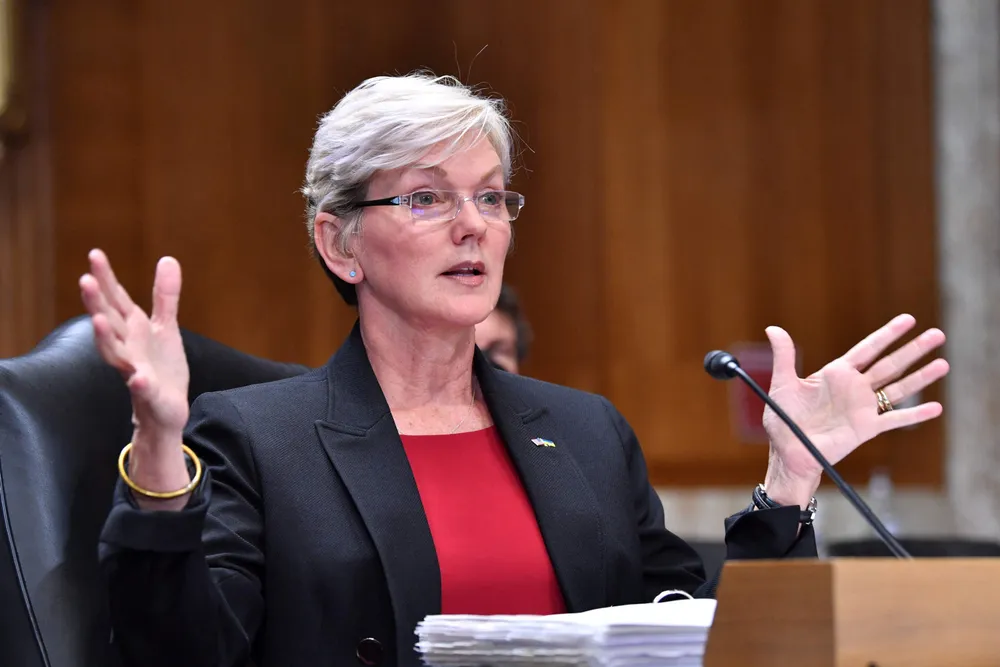US clean energy funds unlikely to be awarded before spring
Nearly a year has gone by since $20 billion was allocated to clean energy but no funds are expected to be disbursed this year

Nearly a year has gone by since $20 billion was allocated to clean energy but no funds are expected to be disbursed this year
